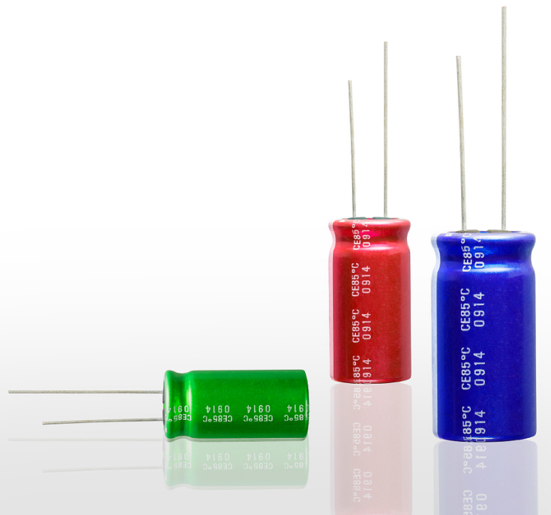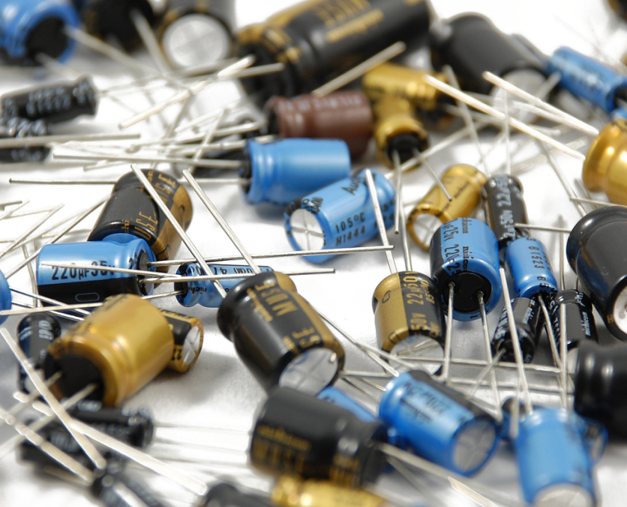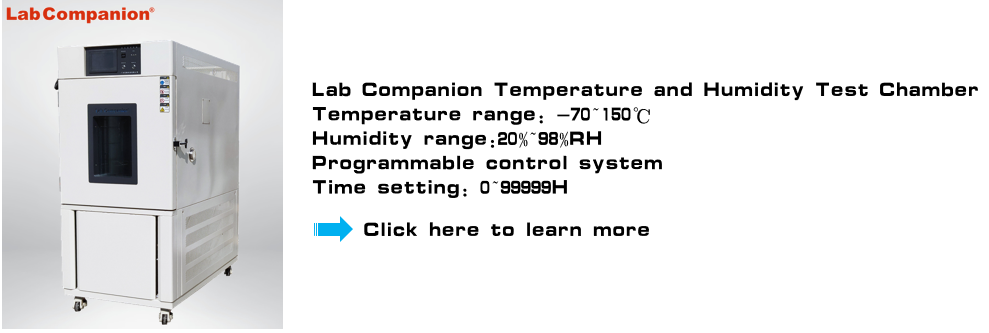With the rapid development of intelligent vehicles, passive components are widely used in various electronic modules of vehicles, including components with different performance, and the types are very various. Reliability testing of such components often presents issues such as inapplicability. Therefore, the automotive industry needs a refined standard to help manufacturers and suppliers build a bridge of cooperation.

Concept of AEC-Q
AEC is the abbreviation of "Automotive Electronics Council". Founded jointly by Chrysler, Ford, and General Motors in 1994, it is a group aimed at the reliability of automotive electronic components and the standardization of recognized standards.
AECQ is the International Association for Automotive Electronics Vehicle Specification Verification Standard, which includes AEC-Q100 (integrated circuit IC), AEC-Q101 (discrete component), AEC-Q102 (discrete photoelectric LED), AEC-Q103 (sensor), AEC-Q104 (multi chip component), and AEC-Q200 (passive component).
The passive component AEC-Q200 testing standard specifies the operating temperature range of passive components in various environments in the vehicle, strictly distinguishes the testing items of various components, and provides complete regulations on the testing applicability of the universal series of components.
Product range: tantalum and ceramic capacitors, aluminum electrolytic capacitors, thin film capacitors, resistors, trimming capacitors/resistors, varistors, thermistors, inductors/transformers, network R-C-R, ceramic resonators, quartz crystals, ferrite EMI interference suppressor filters, polymerization self recovery fuses.
Environmental test standard of AEC-Q200
It is mainly formulated in accordance with MIL-STD-202 and JEDEC22A-104 specifications. In addition to the different test temperatures for different parts, the requirements for their applied power supply (voltage, current, and load) may also vary. High temperature storage does not apply bias voltage and load, but it is necessary for high temperature working life. Temperature cycling and temperature shock have different test purposes and methods. During temperature cycling, temperature variability needs to be controlled for changes in high and low temperatures, Temperature shock is not necessary. High humidity is commonly referred to as a high temperature and humidity test, while humidity resistance is a wet freezing test.

Test conditions and precautions: During the 1000h test, measurements should be conducted at intervals of 250h and 500h.
High temperature storage test (MIL-STD-202-108):
1. Thin film capacitor, network low-pass filter, network resistor, thermistor, variable capacitor, variable resistor, ceramic resonator, EMI interference suppressor, EMI interference filter: 85 ℃/1000h
2. Inductance, transformer, resistance: 125 ℃/1000h
3. Rheostat: 150 ℃/1000h
4. Tantalum capacitor, ceramic capacitor, aluminum electrolytic capacitor: maximum rated temperature/1000h
Work life test at high temperature(MIL-STD-202-108):
1. Network low-pass filter, network resistance: 85 ℃/1000h EMI
2. Interference suppressor, EMI interference filter: 85 ℃/1000h/rated IL applied
3. Tantalum capacitor, ceramic capacitor: maximum rated temperature/1000h/(2/3) load/rated voltage
4. Aluminum electrolytic capacitor, inductor, transformer: 105 ℃/1000h
5. Film capacitance: 1000h/(85 ℃/125% rated voltage, 105 ℃&125 ℃/100% rated voltage)
6. Self recovery fuse: 125 ℃/1000h
7. Resistance, thermistor, variable capacitance: 125 ℃/1000h/rated voltage
8. Variable resistance: 125 ℃/1000h/rated power
9. Rheostat: 125 ℃/1000h/rated voltage 85%+ma current
10. Ceramic resonator: 85 ℃/1000h/rated VDD+1M Ω, parallel inverter, 2X crystal CL capacitor between each crystal pin and ground
11. Quartz oscillator: 125 ℃/1000h/rated VDD+1M Ω, parallel inverter, 2X crystal CL capacitor between each crystal pin and ground
Temperature cycling test(JEDEC22A-104):
1. Thin film capacitor, variable capacitor, variable resistor, ceramic resonator, EMI interference suppressor, EMI interference filter: - 55 ℃ (30min) ←→ 85 ℃ (30min)/RAM P (15 ℃/min)/1000 cycles
2. Tantalum capacitor, ceramic capacitor, resistor, thermistor: - 55 ℃ (30min) ←→ 125 ℃ (30min)/RAM P (15 ℃/min)/1000 cycles
3. Aluminum electrolytic capacitor: - 40 ℃ (30min) ←→ 105 ℃ (30min)/RAM P (15 ℃/min)/1000 cycles
4. Inductor, transformer, rheostat, quartz oscillator, self-recovery fuse: - 40 ℃ (30min) ←→ 125 ℃ (30min)/RAM P (15 ℃/min)/1000 cycles
5. Network low-pass filter, network resistance: - 55 ℃ (30min) ←→ 125 ℃ (30min)/RAM P (15 ℃/min)/1000 cycles
Thermal shock(MIL-STD-202-107):
Self recovery fuse:-40℃(15min)←→125℃(15min)/300cycles
High humidity test(MIL-STD-202-103):
1. Tantalum capacitor and ceramic capacitor: 85 ℃/85% R.H./1000h/voltage 1.3~1.5V
2. Inductance&transformer: 85 ℃/85% R.H./1000h/no power
3. Aluminum electrolytic capacitor: 85 ℃/85% R.H./1000h/rated voltage
4. EMI interference suppressor, EMI interference filter: 85 ℃/85% R.H./1000h/rated voltage¤t
5. Resistance and thermistor: 85 ℃/85% R.H./1000h/working power supply 10%
6. Self recovery fuse: 85 ℃/85% R.H./1000h/rated current 10%
7. Variable capacitance and variable resistance: 85 ℃/85% R.H./1000h/rated power 10%
8. Network low-pass filter&network resistance: 85 ℃/85% R.H./1000h/voltage [network capacitance (rated voltage), network power
Resistance (10% of rated power)]
9. Rheostat: 85 ℃/85% R.H./1000h/rated voltage 85%+ma current
10. Quartz oscillator, ceramic resonator: 85 ℃/85% R.H./1000h/rated VDD+1M Ω, parallel inverter, 2X crystal CL capacitor between each crystal pin and ground
11. Film capacitance: 40 ℃/93% R.H./1000h/rated voltage
Moisture resistance test:
Film capacitance: (25 ℃ ←→ 65 ℃/90% R.H. * 2cycle)/18h → - 10 ℃/3h, each cycle lasts for a total of 24 hours, and steps 7a&7b are not powered on.

